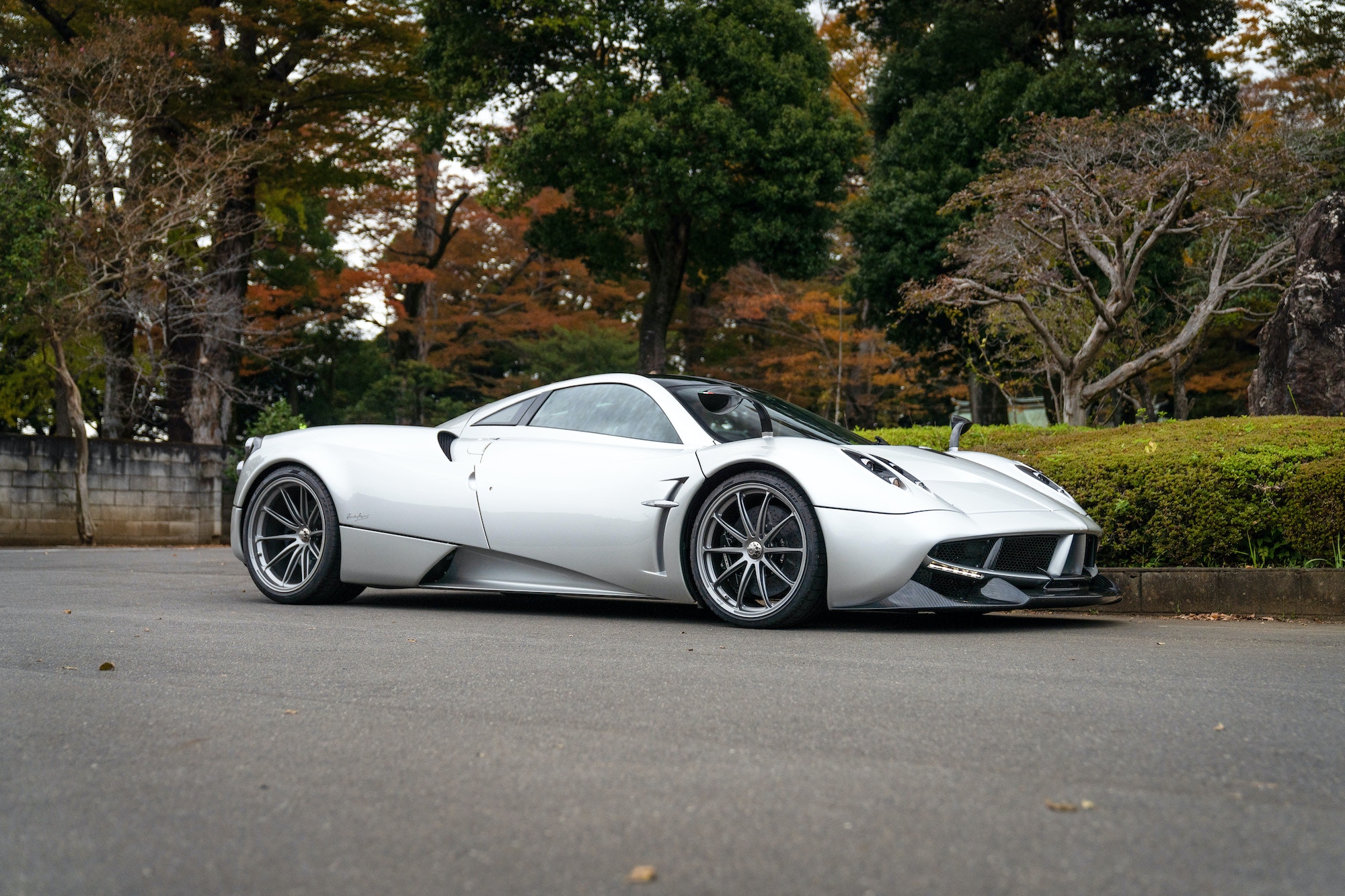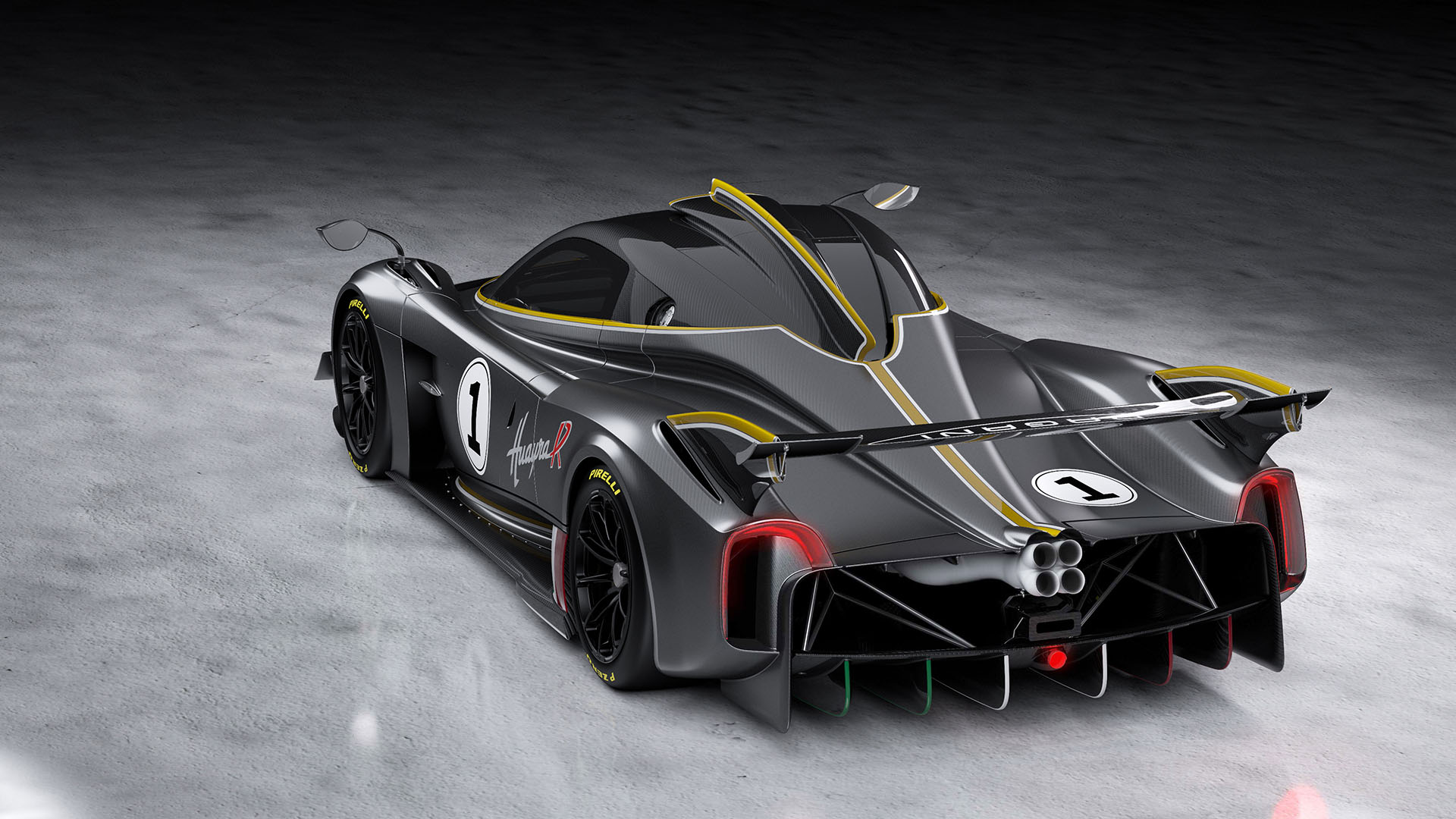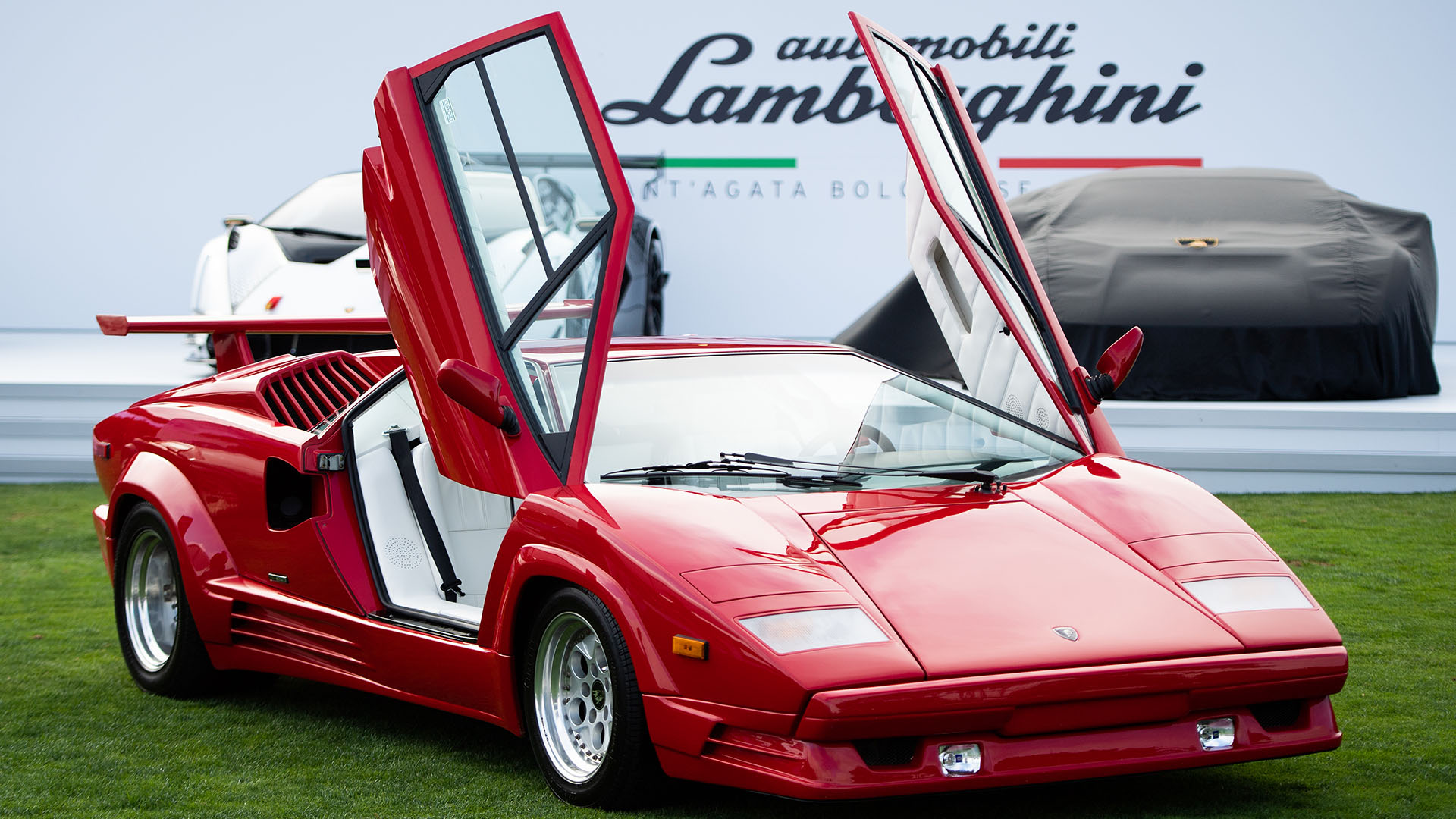“I’m in love with the whole shape of it. Especially the fact that it doesn’t share any body panel with the Huayra Coupe but it’s still a Huayra.” – Horacio Pagani
Horacio Pagani is an obsessive. This trait manifested itself during his time as an engineer at Lamborghini, where he was responsible for the outrageous Countach Evoluzione, a 1987 concept that not only shaved an incredble 1,000 pounds off the weight of the standard Countach through the use of carbon fiber and Kevlar, but also became a rolling test bed for advanced systems like antilock brakes, four-wheel drive, and a computer-controlled adjustable suspension.
When Lamborghini wouldn’t follow his suggestion and purchase an autoclave for making production carbon-fiber parts, he left and founded his own company. In the promotional materials introducing his latest supercar, the $2.4-million Huayra Roadster, he claims inspiration from no less than Leonardo Da Vinci, who sweated the details “down to the most minute component of the design.”
His compulsion is evident everywhere in the new vehicle. But where does this infatuation find its deepest resonance? After he unveiled the new car at this week’s Geneva Motor Show, we stopped by to chat with Horacio, and he explained his car’s most belovedly maniacal details.
On the silhouette: “First of all, I’m proud of the car itself. It’s sculptured by the wind and it was the biggest and hardest challenge we’ve ever undertaken. I’m in love with the whole shape of it. Especially the fact that it doesn’t share any body panel with the Huayra Coupe but it’s still a Huayra, you can definitely recognize it, [which] testifies how much work has been involved into the project.
The engine: “Mercedes-AMG made the engine bespoke and together with us, this is quite an honor and something that makes me proud. It is truly something special to have one of the oldest and the most important car manufacturers in the world making an engine specifically for you.
Aero: “The active aerodynamic system also. We brought this technology into the automotive industry back in 2011 with the Huayra coupe, and I’m happy to see it applied by a lot of manufacturers all around the world nowadays in many different projects and type of cars.
Materials: “The carbon fiber and composite material in general have always been one of the key features in our projects. The Pagani Huayra Roadster is the first roadster lighter than the coupe thanks also to the carbo Triax HP52, a new type of composite material which is 52-percent stiffer than the one we used in Huayra Coupè.
Inside: “The interiors also give me smile every time I sit in them – and the fact you can drive it without the roof gives me goose-bumps. Italy is the most beautiful country, so I imagined the Huayra Roadster as the perfect companion for traveling this open-air museum.”
Related Video:



